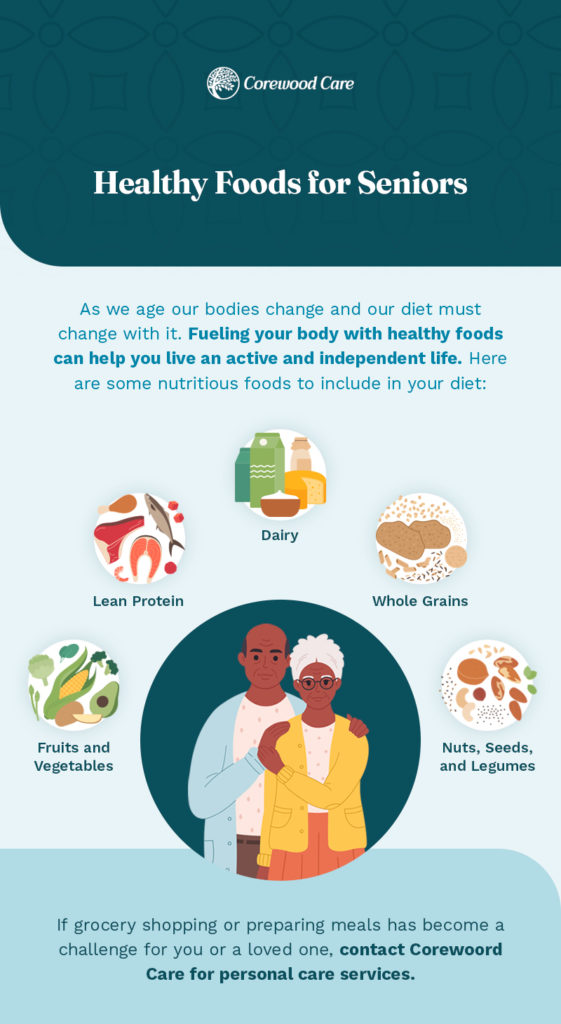Corewood’s Care Management team works with clients and their families on a wide variety of issues, health conditions, and family dynamics. You may not know about all we do, so please let me provide a brief overview of the most noteworthy tasks we undertake.
Determining Where an Older Adult Should Live
Every family’s situation is different. Some older adult clients are temporarily immobilized due to a fall or hospitalization, or one spouse has a condition that will worsen over time, such as Alzheimer’s. Can the spouse or caregiver help with bathing and dressing? Does the older adult need constant supervision or someone to check in on them occasionally? The answers to all of these questions – and many more – will need to be taken into consideration when deciding where an older adult will live. Care Managers are trained to look for warning signs to determine if an older adult is safe living at home alone. Whether or not an older adult remains at home, there are concerns that the Care Manager will review to ensure safety.
- Making a Home Safe – If an older adult is going to remain in at home, a Care Manager can recommend modifications to make the home safer.
- Finding Senior Housing – If an older adult can no longer live independently, a Care Manager can assist with a move to a senior housing facility, such as assisted living or CCRC. Throughout the process, a Care Manager will evaluate a community based on the level of care a person needs now and in the future as well as consider their lifestyle.
Covering Your Legal Bases
If you, your spouse, or your parent were suddenly incapacitated, who has the legal authority to act on their behalf? A Care Manager works with older adults and their families to avoid legal red tape and make sure older adults have the right legal documents in place. They will recommend and work with an attorney to be sure there is a power of attorney, advance care directives, a will, and, if needed, guardianship.
Organizing Finances
Would you know what to do if you suddenly had to take over managing money and paying bills for your spouse or parents? Care Managers work with older adults and their families to be sure trusted individuals know where the essential paperwork is kept and how to access funds if need be. Care Managers also work with older adults to review long-term care insurance to help cover the cost for care as well as help them determine their eligibility for Medicare, Medicaid, or Veteran’s Assistance.
Managing Medical Care
Care Managers are often first called when there is a medical crisis. Care Managers are older adult’s front-line advocates who know the medical system, know the older adult, and can help provide the best care. Before a crisis occurs, a Care Manager knows an older adult’s full medical history, record all of the prescription medications, and have attended doctor visits with an older adult in the past. They know how to ask questions and bring up concerns with a doctor and can summarize and take notes of the encounter to be discussed afterward with all interested parties.
Talking About the Future
When an older adult is ill, plans for the future must be made. Holding a family meeting helps make sure everyone is informed and on the same page. Care Managers are often called upon to facilitate these difficult conversations that must take place. They work to ensure an open, honest conversation but are also prepared for resistance. The goal is to determine the older adult’s current needs, limitations, and concerns, and let them state their wishes for the future.
Coping with the Reality of Caregiving
The emotional and physical health of the lead caregiver is always a top concern for the Care Manager. They work to prevent burnout and isolation as well as provide relief time for the caregiver. A Care Manager may coordinate coverage so that the lead caregiver can get out to dinner, a movie, or a walk in the fresh air. Without such relief, the physical and mental toll can be heavy on the lead caregiver.
Care Managers are trained professionals who work with older adults to find support and resources to make their daily life more comfortable. They are especially helpful when family members live far apart because, as we age, it is imperative to have supporting eyes and ears available locally.
COVID 19 has shown that supporting an older adult is not a process that can be managed long-distance, even as in-touch as we are with cell phones, text messaging, and Zoom conferences. A relationship with a Care Manager can allow a spouse or children of an older adult to be the spouse or the children, while someone else manages the situation.
When a spouse or daughter is providing hands-on care, the quality time they have to be there emotionally for their spouse or parent is limited. A Care Manager can handle the difficult interpersonal issues, address the immediate problem, remain connected once the crisis passes, and get back involved as the situation requires it.

Recent Comments